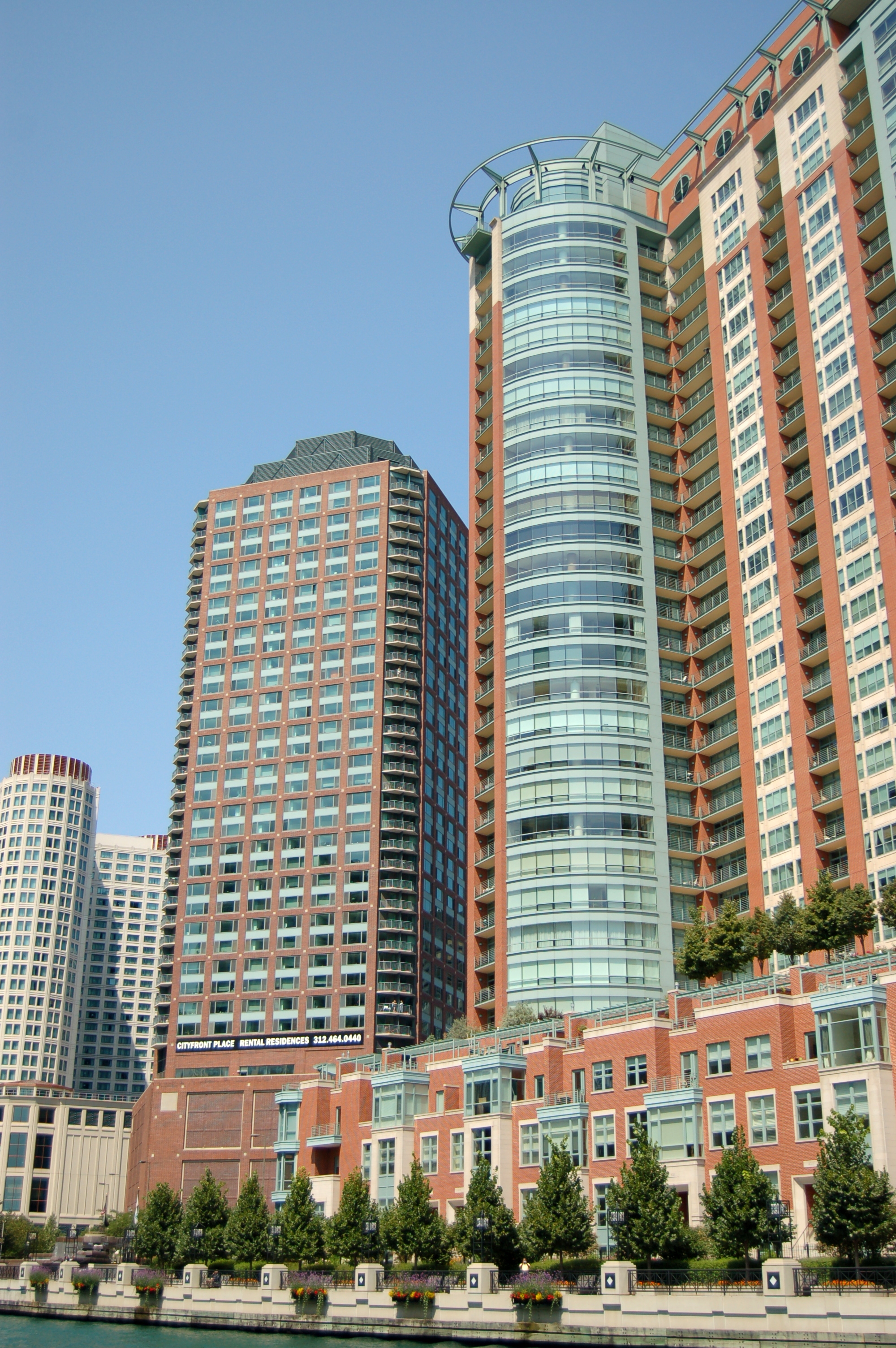In the classic adventure movie “The Towering Inferno” from 1974, there is a telling exchange between two characters that helps to explain how a 138-story building could so easily go up in flames. The skyscraper’s electrical engineer, played by Richard Chamberlain says, “Every piece of wire I put in that building is strictly up to code, inspected, and approved.” To which, the building’s architect, played by Paul Newman, responds, “The code’s not enough for that building; and you know it.” The movie had a big impact at the box office and even affected building planners and fire safety experts in its aftermath, according to some accounts.
In fact, in a controversial online article from last year, “Fatalities Continue as Chicago Defends Fire Codes”, one reporter explicitly connects the movie to subsequent efforts at the time to strengthen building codes and fire safety regulations for high-rise buildings. “What could cause the City of Chicago to force all high-rises to be equipped with fire safety devices like sprinkler systems and fire alarms?” asks columnist Mark Wachtler. “The movie ‘The Towering Inferno’. That’s right – in 1974, the Steve McQueen/Paul Newman film captured imaginations of Americans and instilled fear and terror into the residents of high-rise buildings in every major city in the nation.” Wachtler goes on to report that “after the release of ‘The Towering Inferno’, building codes and city ordinances were updated to force developers and builders to include such safety elements in all new high-rise construction.”
There was a catch, though, as you can see in Wachtler’s use of the word “new” in that last sentence. Due to the high-cost of retrofitting older buildings with sprinklers and fire alarms, most residential and commercial high-rises in Chicago were given a Grandfather Clause. Still, the situation would change again in 2003, when six government employees were killed in a fire inside a Cook County Administration building. This forced the City Council to again re-think their guidelines for high-rise fire safety, which resulted in an ongoing debate among Chicago’s political leadership that has lasted for the better part of a decade. In 2009, the City Council granted further extensions to the owners of the grandfathered buildings by creating a “vague compliance mandate” that suggested two-thirds of the pre-1975 high-rises be equipped with sprinklers, smoke alarms, and other safety measures by 2012 (which was later pushed back to 2015) and the balance by 2017. Then the plot twisted again: in January 2012 one person was killed in a high-rise fire on Lake Shore Drive; and two were killed in similar circumstances in January 2013 on South Shore Drive.
For perspective on the scope of the problem, the National Fire Protection Association has written that over the course of 2007 to 2011 in the United States, there were about 15,400 reported structure fires in high-rise buildings per year, with associated losses of 46 civilian deaths, 530 civilian injuries, and $219 million in direct property damage per year. In a September 2013 report, High-Rise Building Fires, the NFPA states: “Four property classes account for half of high-rise fires: apartment buildings, hotels, office buildings, and facilities that care for the sick.”
The City of Chicago’s official stance is known as the Life Safety and High Rise Sprinkler Ordinances, which call for sprinkler systems, voice communication systems, fire-rated stairway doors and frames, Life Safety Data Sheets, Life Safety Evaluations, and other safety measures in place for all high-rise commercial buildings by 2017, at least. Pre-1975 residential high-rises (more than 80 feet in height) are exempt from the sprinkler system requirements but not from the other “recommended” improvements. The City’s website page on Life Safety and High-rise Information states that: “The wide variety of the ways Chicago buildings were built, renovated and used during the past 100 years is the reason that every building must be looked at individually and evaluated for its potential to protect its inhabitants in case of an event such as a fire.”
In “The Towering Inferno”, the local fire chief, played by Steve McQueen, ends the movie by saying to Paul Newman’s architect: “You know, one of these days you’re gonna kill 10,000 in one of these firetraps, and I’m gonna keep eating smoke and bringing out bodies until somebody asks us … how to build them.”
With so much at stake and with ever-changing regulations in such a state of flux in Chicago, we believe that you should consult a proven fire safety expert to help you in undertaking any new improvements to your high-rise structure. At Fox Valley Fire & Safety, we have the experience and expertise to handle any emergency-response planning needs that you may have. Please call us today.
Resources:
http://www.examiner.com/article/fatalities-continue-as-chicago-defends-fire-codes
http://www.tcm.com/this-month/article/145074|0/The-Towering-Inferno.html
http://www.nfpa.org/research/reports-and-statistics/fires-by-property-type/high-rise-building-fires




